Catherine de’ Medici, Duchess of Urbino and Countess of Auvergne, was born in Florence on April 13, 1519. She became one of the most controversial queens of France. Catherine was half-French and half-Italian, born to Lorenzo II de’ Medici and Madeleine de la Tour D’Auvergne. At age 14, her uncle Pope Clement VII married Catherine to the son of King Henry II of France.
Although the Medici family was much lower in rank than France's royal family, Pope Clement VII managed to impose his niece on the French court. The Pope needed someone trustworthy in Paris since Protestantism was spreading through Europe, threatening papal power. Due to the difference in status and her foreign origins, the De' Medici bride was not well received by French nobility.
In 1547, Henry II was crowned king and Catherine De' Medici became his queen consort. Henry II’s reign lasted only 12 years and he died of wounds from a duel in 1559. For the rest of her life, Queen Catherine wore traditional mourning black in honor of her husband. Queen Catherine’s sons took the throne, one after the other. The young kings suffered from poor health or were too young to govern. Queen Catherine ruled in their place, running France from behind the scenes for 15 years.
The queen's grip on power was, however, tenuous.
Many wanted to wrest power from her. The queen maintained a delicate balance, playing her enemies off each other.
A tense and suspicious atmosphere at court was worsened by Catherine’s unscrupulous alliances and esoteric beliefs that fed suspicions about her. Tension between Catholics and Protestants increased. The queen preferred not to take sides. She married her eldest daughter Élisabeth to Philip II King of Spain. Then Catherine married her second daughter Marguerite to the Protestant Henry of Navarre in 1572.
This marriage was unacceptable for Parisian Catholics. Starting on August 24, Catholics killed thousands of Protestant Huguenots who came to Paris for the celebrations. Clashes continued for days, spreading outside the city.
The slaughter would become known as the St. Bartholomew’s Day Massacre. Catherine was blamed for provoking the deaths.
Catherine died at Château de Blois in France in 1589. She was 69.
Her name went down in history for the bloody French Wars of Religion. However, alliances she formed became the basis for later peaceful co-habitation between French Catholics and Protestants.
Catherine de' Medici set one of the first examples of religious tolerance in modern Europe.
Although the Medici family was much lower in rank than France's royal family, Pope Clement VII managed to impose his niece on the French court. The Pope needed someone trustworthy in Paris since Protestantism was spreading through Europe, threatening papal power. Due to the difference in status and her foreign origins, the De' Medici bride was not well received by French nobility.
In 1547, Henry II was crowned king and Catherine De' Medici became his queen consort. Henry II’s reign lasted only 12 years and he died of wounds from a duel in 1559. For the rest of her life, Queen Catherine wore traditional mourning black in honor of her husband. Queen Catherine’s sons took the throne, one after the other. The young kings suffered from poor health or were too young to govern. Queen Catherine ruled in their place, running France from behind the scenes for 15 years.
The queen's grip on power was, however, tenuous.
Many wanted to wrest power from her. The queen maintained a delicate balance, playing her enemies off each other.
A tense and suspicious atmosphere at court was worsened by Catherine’s unscrupulous alliances and esoteric beliefs that fed suspicions about her. Tension between Catholics and Protestants increased. The queen preferred not to take sides. She married her eldest daughter Élisabeth to Philip II King of Spain. Then Catherine married her second daughter Marguerite to the Protestant Henry of Navarre in 1572.
This marriage was unacceptable for Parisian Catholics. Starting on August 24, Catholics killed thousands of Protestant Huguenots who came to Paris for the celebrations. Clashes continued for days, spreading outside the city.
The slaughter would become known as the St. Bartholomew’s Day Massacre. Catherine was blamed for provoking the deaths.
Catherine died at Château de Blois in France in 1589. She was 69.
Her name went down in history for the bloody French Wars of Religion. However, alliances she formed became the basis for later peaceful co-habitation between French Catholics and Protestants.
Catherine de' Medici set one of the first examples of religious tolerance in modern Europe.
RELATED


DAVID (MICHELANGELO)


CECIL RHODES
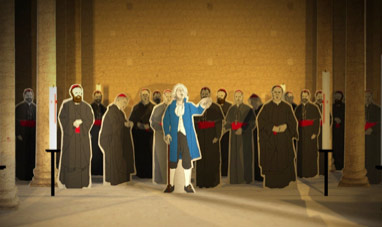

TALLEYRAND


DENG XIAOPING
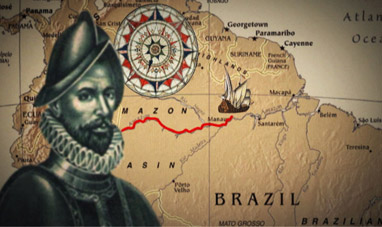

FRANCISCO DE ORELLANA


RICHARD SORGE


JOHN EDGAR HOOVER
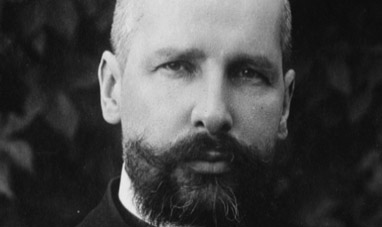

PYOTR STOLYPIN
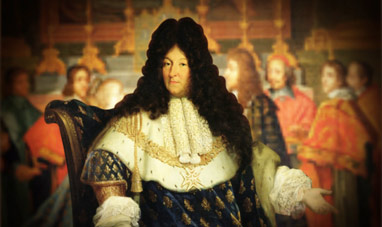

LOUIS XIV, THE SUN KING


PATRICE DE MAC-MAHON
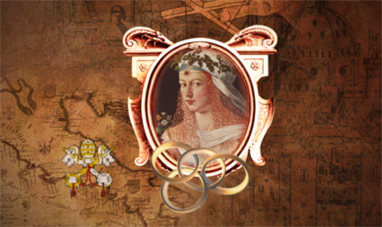

LUCREZIA BORGIA


ZHENG HE
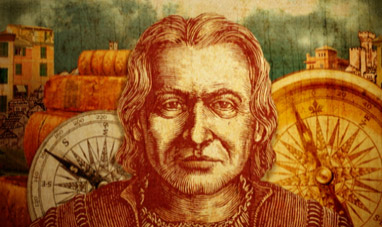

COLUMBUS, CHRISTOPHER


ADOLF HITLER
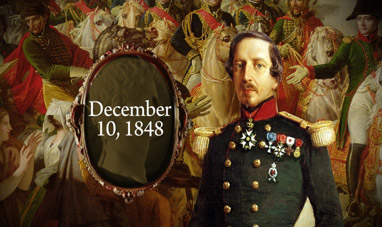

NAPOLEON III


NEIL ARMSTRONG
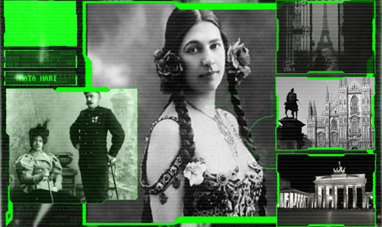

MATA HARI
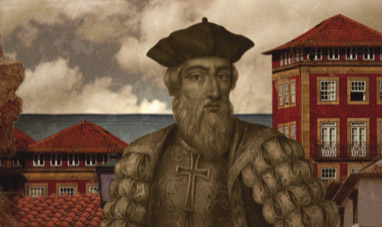

VASCO DA GAMA


MIKHAIL GORBACHEV


ROSENBERGS, THE
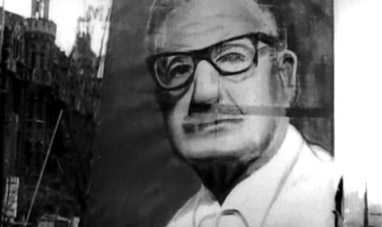

SALVADOR ALLENDE
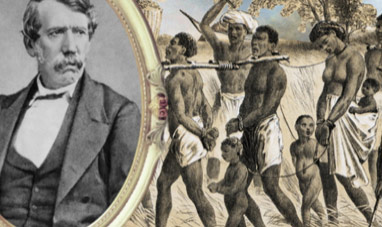

LIVINGSTONE, DAVID


ANDREI ZHDANOV
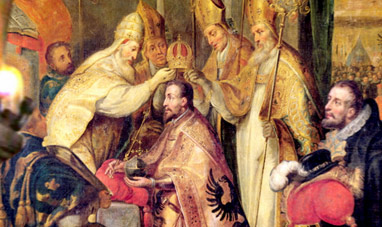

FREDERICK II, HOLY ROMAN EMPEROR
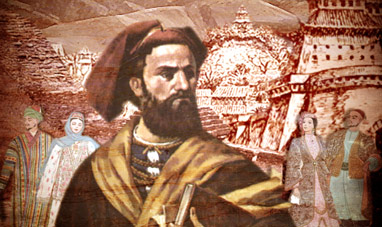

MARCO POLO


KOFI ANNAN


JIMMY CARTER


JOSEPH MCCARTHY


BENITO MUSSOLINI


RICHARD III


CHE GUEVARA


KLAUS EMIL FUCHS
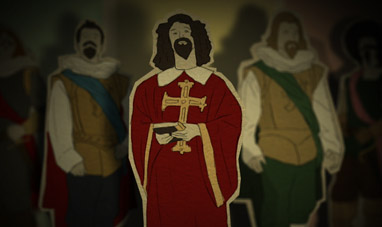

ARMAND-JEAN DU PLESSIS DE RICHELIEU
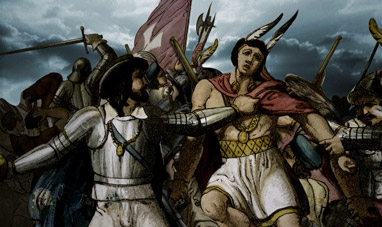

FRANCISCO PIZARRO


GORDON ARNOLD LONSDALE


TUTANKHAMEN
